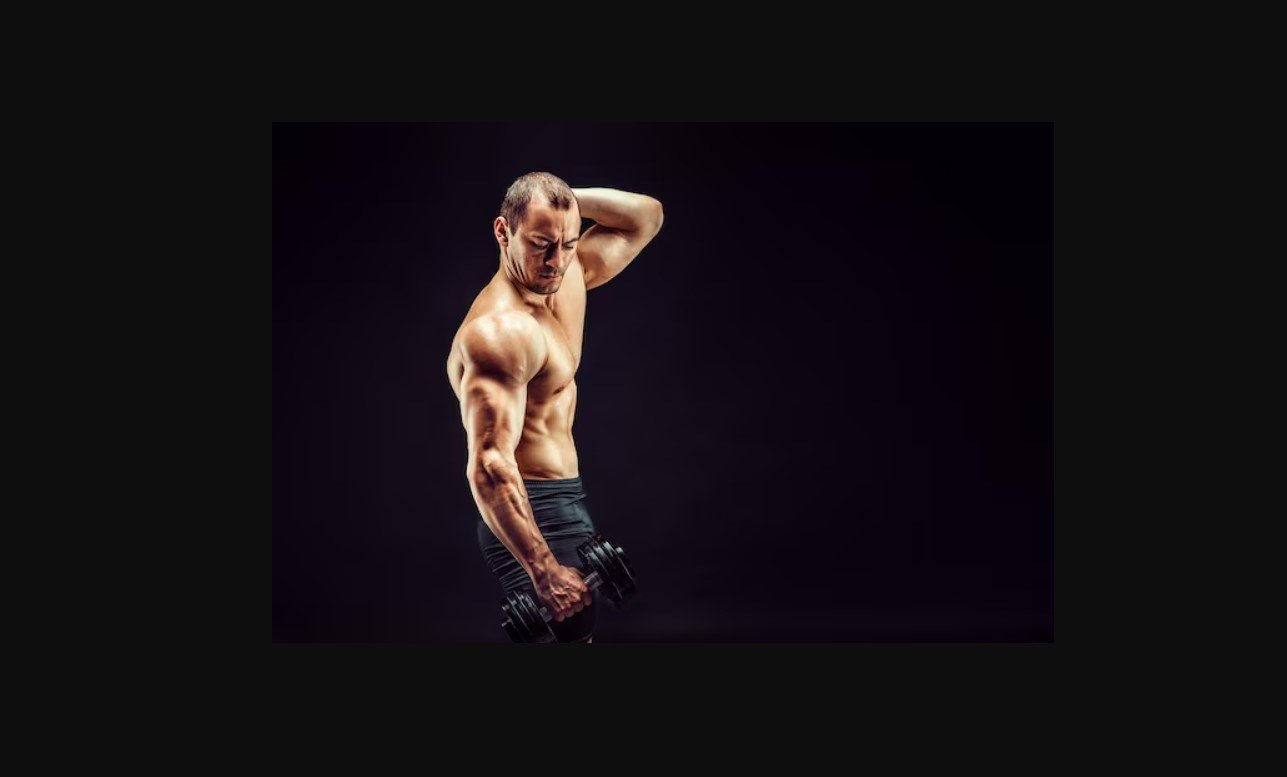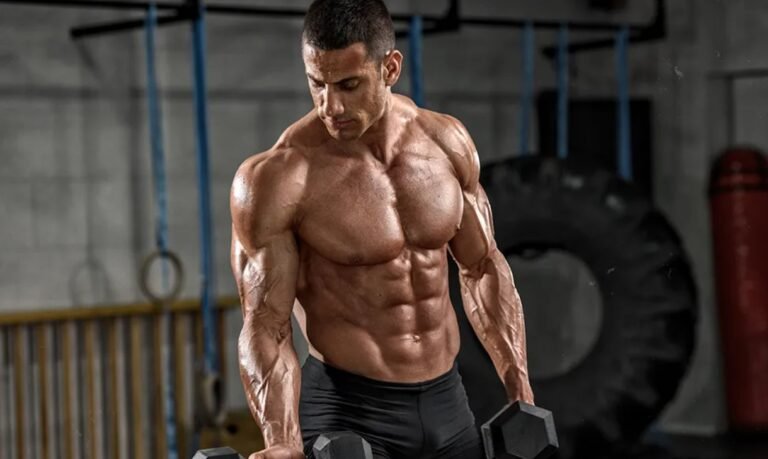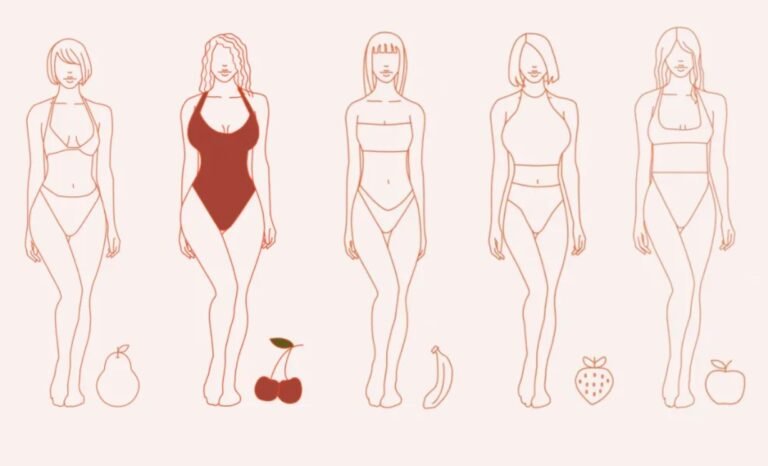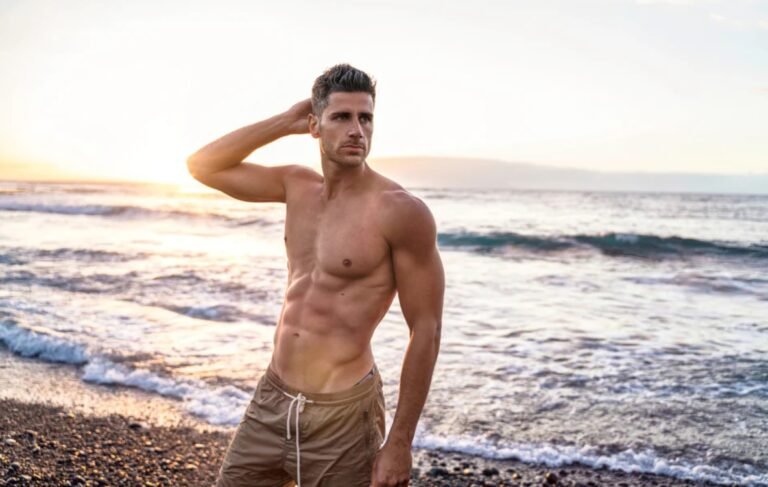What is the Optimal Physique? You Must Know
The optimal physique is subjective and varies per individual goals. It includes a balance of muscle tone, flexibility, and healthy body composition.
Achieving the optimal physique is a personal journey, shaped by one’s health goals, genetics, and lifestyle choices. It embodies a state of physical fitness and balance that aligns with personal well-being and performance aims.
A universally accepted definition does not exist, as ideals of the perfect body vary across cultures and evolve over time.
For some, it may mean a lean and toned appearance, while for others, it could signify strength and muscular development.
Key factors influencing one’s physique include diet, exercise, rest, and genetics. It’s important to set realistic goals and approach body conditioning with a holistic mindset, ensuring both mental and physical health are prioritized.
Chasing Perfection: The Quest For The Optimal Body
Understanding the optimal physique is complex. Beauty ideals change over time. Ancient Greeks praised muscular, balanced bodies.
The Renaissance era adored softer, fuller figures. Today, media influences play a big role. Images of muscular men and slim women fill screens, shaping views on the perfect body.
Social platforms and fashion ads affect self-image. They often set unrealistic standards. Celebrities’ bodies shape fans’ goals. This sparks a race to achieve an ideal body. Yet, what’s seen as optimal is deeply personal and varies widely.
Culture, time, and media blend to define physical ideals. This leaves many striving for a body that may not suit their natural shape.
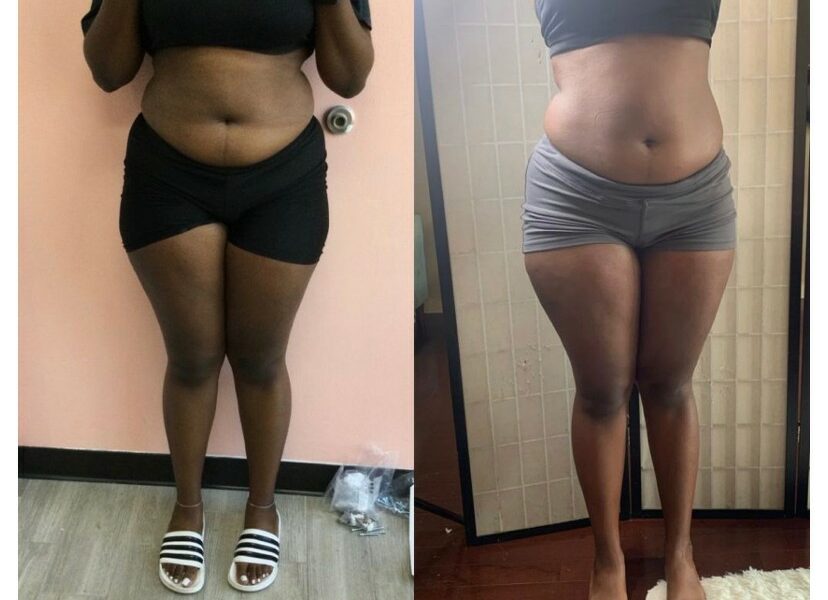
Credit: voyageatl.com
Health Versus Aesthetics: Balancing The Scales
Understanding the optimal physique requires knowledge of body composition. This includes the amount of fat, muscle, and bone in the body. A balance among these is crucial for health. Muscle mass is tied to strength, and healthy bones are necessary for support.
Fitness levels cannot be judged by looks alone. A person with low body fat might not be fit or healthy. Fitness includes strength, flexibility, and endurance. Body composition tests and fitness assessments give a true fitness picture. They look beyond the scale, focusing on overall health.
The Role Of Genetics In Determining Body Shape
Body shape is deeply rooted in genetics. Our DNA plays a pivotal role in determining our body type. Among the classifications, we encounter three primary body types: Ectomorph, Mesomorph, and Endomorph. An Ectomorph typically has a slim frame and finds gaining weight a challenge. Mesomorphs, on the other hand, have a natural athletic build and maintain muscle with ease.
The third type, Endomorphs, often exhibits a rounder physique and stores fat more readily. Genes set the stage, but lifestyle also shapes our bodies. Regular exercise and nutrition can influence our natural predispositions. Thus, the optimal physique is a blend of our inherent genetic makeup and our life’s habits.
Customizing Your Fitness Journey
Customizing Your Fitness Journey starts with understanding your unique body type and abilities. Set goals attuned to your personal needs and current fitness level. These targets should be challenging, yet achievable, to keep you motivated and on the right track.
Diverse training regimens cater to various body goals, from weight loss to muscle gain. Choose exercises that align with your objectives. A mixture of strength training, cardio, and flexibility exercises can yield comprehensive results. Regularly assess progress and adjust your workout plan accordingly. Your body is one-of-a-kind; your fitness plan should be too.
Nutrition As The Cornerstone Of Physique
Nutrition forms the building block of an optimal physique. Eating habits deeply influence muscle building and fat loss. Tailoring your diet to specific fitness goals is crucial. Focus on high-protein foods to gain muscle. Include lean meats, beans, and dairy products. Aim for a calorie surplus to support muscle growth.
For weight loss, create a calorie deficit. Emphasis on fruits, vegetables, and whole grains is essential. These provide nutrients without too many calories. Diet trends can affect body shape. Keto may lead to quick fat loss. Vegan diets are high in fiber and can help in staying lean. Yet, always choose a diet after consulting a professional.
Psychological Impact Of Pursuing The Ideal Body
The journey to an optimal physique often treads a fine line. Healthy habits can spiral into obsessions, creating stress and mental turmoil. Society’s fitness ideals can transform into persistent pressure. This unhealthy focus can spark negative self-talk and unsustainable exercise routines. It’s paramount to recognize this slippery slope early.
Within the fitness community, the concept of body positivity seeks to uplift. It encourages the notion that all body types are worthy. This tenet is vital in promoting self-care and mental well-being. Advocates strive to welcome diverse body shapes and sizes.
Rejecting an obsession over the perfect body empowers individuals. It fosters personal acceptance and healthier community standards. Embracing one’s unique physique paves the way for genuine health and happiness. It’s about valuing progress over perfection.
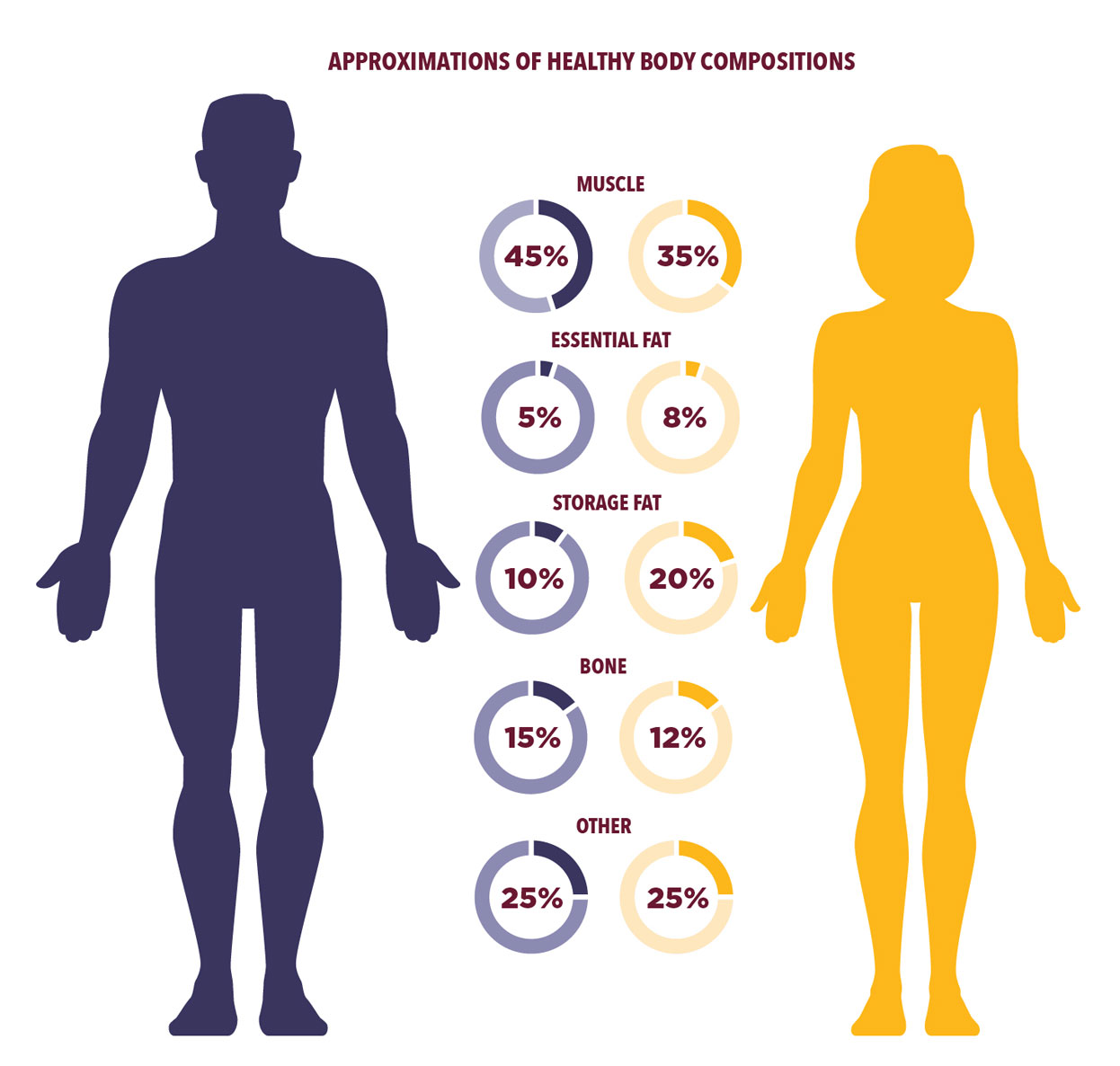
Credit: www.hprc-online.org
Frequently Asked Questions
What Defines An Optimal Physique?
An optimal physique is broadly defined by a balance of muscle mass, body fat percentage, and overall health. It varies per individual goals and genetic limits, focusing on fitness, aesthetics, or functionality.
How To Achieve The Ideal Body Shape?
Achieving the ideal body shape typically involves regular exercise, a balanced diet, and sufficient rest. Tailoring these variables to one’s personal health goals and continuously adjusting them is essential for success.
What Is The Best Body Fat Percentage?
The best body fat percentage differs by gender and age but falls within a range that supports optimal health and physical function. For men, it’s often cited as 10-20%, and for women, 18-28%.
Can Genetics Affect Your Optimal Physique?
Yes, genetics play a significant role in shaping your optimal physique, influencing muscle composition, fat distribution, and metabolism. However, lifestyle choices can greatly modify genetic predispositions.
Conclusion
Striving for an optimal physique is a personal journey with diverse goals. Ultimately, it reflects a balance of health, aesthetics, and personal satisfaction. As you define your physical aspirations, remember: fitness is lifelong, individual, and holistic. Pursue your ideal with commitment, and your body will reward you with strength and vitality.

